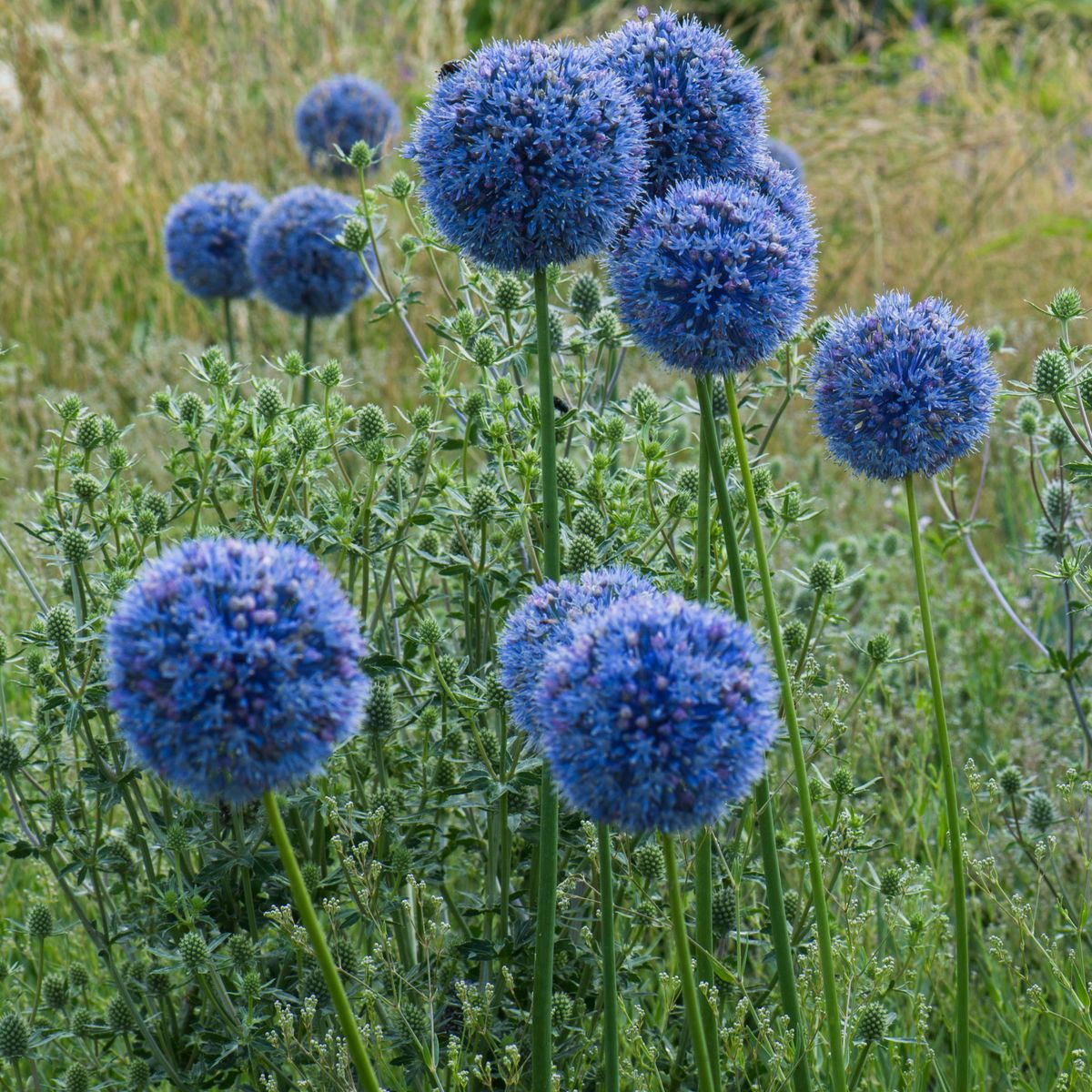Not all of us are blessed with a sunny gardening space! See a list of vegetables (and fruit) that will grow in partial shade, vegetables that will NOT grow in shade, and tips to make the most of the light available in your garden. Plus, see three examples of garden designs for a partial-shade vegetable garden.
Most vegetables do need 6 to 8 hours of direct sun each day (“full sun”) to thrive. However, if you do not have this amount of sun, there are vegetables and fruit that can “get by” with part sun and part shade (3 to 6 hours of direct sunlight). There is really no vegetable or fruit that will grow well in complete shade.
Which Types of Vegetables Do Well in Shade?
- Leafy plants such as lettuce, arugula, kale, and chard are happy with just three to four hours’ sunshine a day. In fact, keeping them out of midday sun can prevent their tender leaves from wilting.
- Broccoli and spinach will also grow well in partial shade. They may benefit from shade in hotter climates since they are susceptible to bolting in warm weather.
- Beets and radishes may grow smaller roots, but they’ll still grow as well as produce leaves. Cabbage will also grow in shade, but they may not form tight heads.
- For areas that receive morning sun then afternoon shade, try vegetables such as celery, carrots, and bush beans.
- Areas that are shaded in the morning but sunny by afternoon are great for climbing vegetables. Cucumbers and pole beans will clamber up supports into the sunshine.
Vegetable Growing Guides for Shade
Here is the list of our Growing Guides for shade-tolerant vegetables:

Fruit to Grow in Shade
- Sour (acid) cherries actually fare better in shady plots, as they don’t need the sun to sweeten them. Plus, they look very pretty when trained on a north-facing wall.
- Currants and gooseberries also grow and crop quite well in partial shade. Train them as cordons or as fans against a wall to ensure the branches are well spaced and that light can reach all parts of the plant.
- Cane fruits such as blackberries and raspberries can also cope with some shade, but will fruit better in more sun.
- Rhubarb is another great crop for a shady spot.
- In terms of fruit trees, pears and plums are your best bet. Pears do need a few hours of sun, preferably in the afternoon. Plums are a great choice for a landscape that gets morning sun and afternoon shade. Just remember, many varieties of pear and plum trees need a cross-pollinator to fruit, so you may need more than one tree.
- Wondering about strawberries? Alpine strawberries are much tougher than normal strawberries. Try a variety called ‘Alexandria’ for shade.
See all of our Fruit Growing Guides.
What NOT to Grow in Shade
Heat-loving crops such as tomatoes, peppers, eggplant, squash, and melons simply won’t grow without full sun. They need hot, sunny days in order to produce bountiful fruit.
Most fruit trees need LOTS of sun. Citrus, peach, nectarine, apple, and apricot trees all need direct sun and won’t thrive in shade.
5 Tips for Growing in Shade
- In all but the hottest climates, use the sunniest parts of the garden to start seeds in a seedbed or in pots or modules, then transplant them to another bed once they are larger and more able to cope with shade. Using grow lights indoors can give early-sown seedlings a boost.
- Reflect any available light into shadier parts of the garden by painting walls and fences white, or use mirrors and other reflective surfaces such as shiny metal or foil.
- Shadier corners are slower to warm up in spring and quicker to cool down in fall, so use cold frames or row covers to warm up the soil earlier and extend the growing season later on.
- Slugs and snails often lurk in shady areas, so use beer traps and delay laying mulches until the weather warms up.
- Leave plenty of space between plants to help maximize light penetration.
Read about flowers and ornamentals that grow in the shade.
3 Garden Plans for Partial Shade
The garden plans below are “partial shade,” so they will also have sun-loving plants in them. For example, the first plan has shade on the left where the leafy greens are, but the squash and tomatoes on the right will need full sun. Likewise, the third plan has shade at the top, but full sun elsewhere because corn, beans, squash, and tomatoes all like full sun.
After you review the examples below, enjoy hundreds more garden plans with a free 7-day trial of the Almanac Garden Planner here.
1. Partial Shade Garden Plan: Home Garden
See plant list and more details about this garden here.

2. Partial Shade Garden Plan: Traditional Rows
See plant list and more details about this garden here.
3. Small Garden Plan: Community Garden
See full plant list and more details about this garden here.

For more free garden layouts, return to our main page of free garden plans.
Try the Almanac Garden Planner
Our online Garden Planner makes it simple to choose crops suitable for shadier spots. Click on the Custom Filter button, select the ‘Partial Shade Tolerant’ option and click ok. The selection bar will then display just those crops suitable for growing in these conditions. Easy!
Importantly, the Garden Planner will also calculate your local planting dates, calculate plant spacing, provide you with a printable planting calendar, and so much more!
Try a 7-day free trial of the Almanac Garden Planner here.













